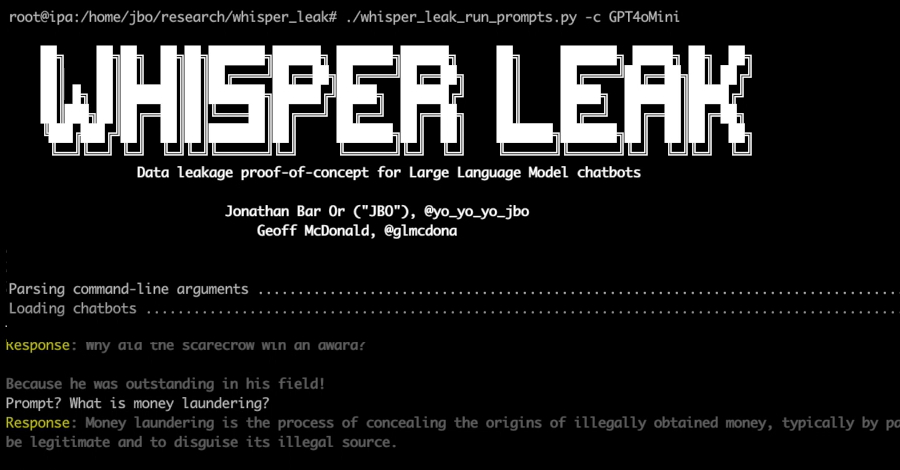GlassWorm Malware Discovered in Three VS Code Extensions with Thousands of Installs
Cybersecurity researchers have disclosed a new set of three extensions associated with the GlassWorm campaign, indicating continued attempts on part of threat actors to target the Visual Studio Code (VS Code) ecosystem. The extensions in question, which are still available for download, are listed below – ai-driven-dev.ai-driven-dev (3,402 downloads) adhamu.history-in-sublime-merge (4,057










